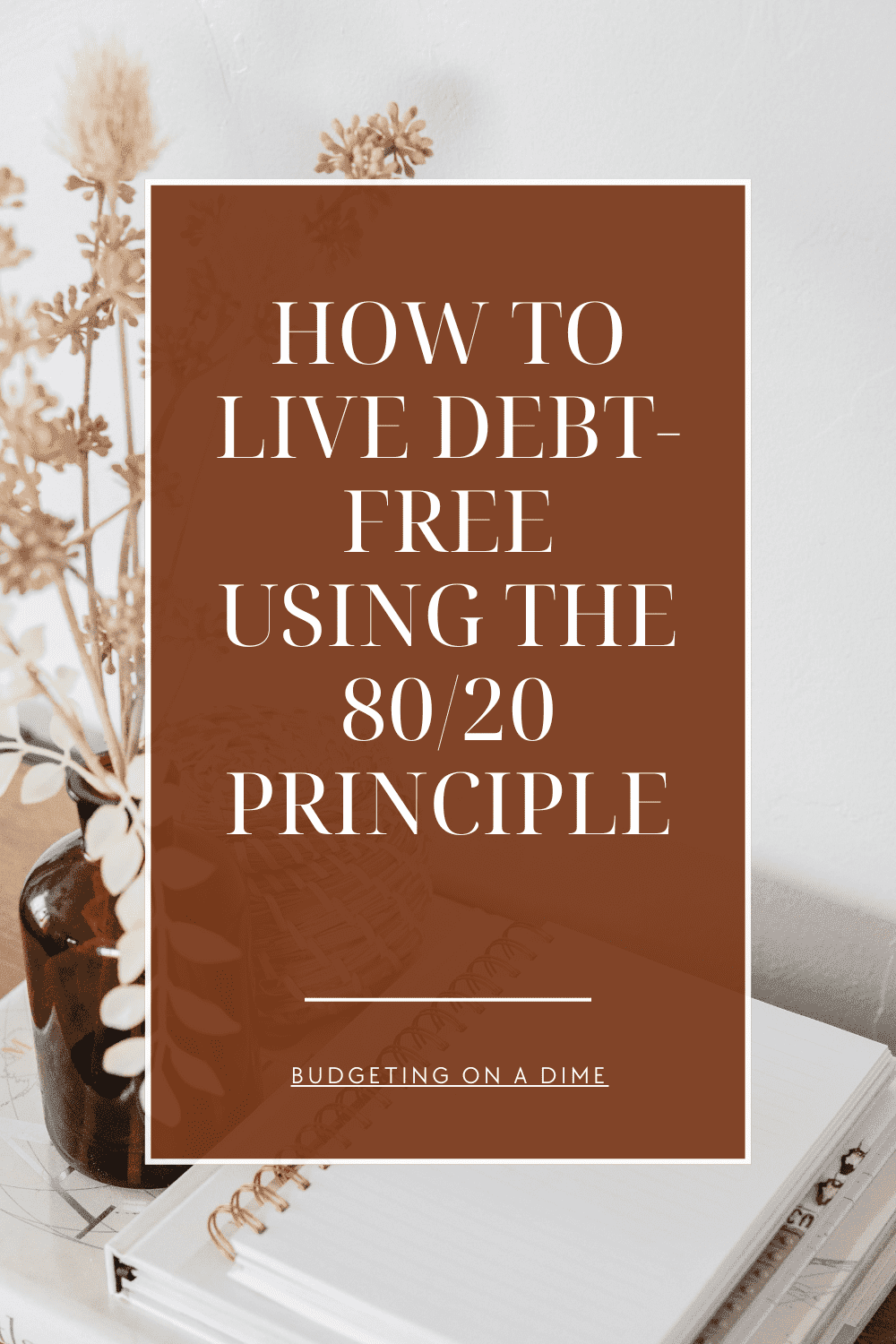What if you hit pause on spending for 30 days? No Target runs. No takeout. No late-night Amazon scrolling. Just a full month of financial breathing room, where you watch your savings grow and your spending habits shift—for good.
That’s what a no-spend challenge is all about. It’s not about restriction; it’s about clarity. And the results? Game-changing.
In this guide, you’ll find the exact steps I used to reset my spending, pay down debt, and actually enjoy the process. Plus, I’ve created a free 30-Day No-Spend Tracker you can print to stay motivated the whole month.
Why Try a No-Spend Challenge?
Let’s be honest: it’s easy to spend without thinking. A coffee here, a $12 candle there, a quick browse on your favorite app turns into a $60 checkout. Been there.
A no-spend challenge helps you:
- Hit reset on your habits
- Boost your savings in real time
- Understand your spending triggers
- Create space for financial goals
It’s a short-term challenge with long-term benefits.
Real talk: During my first challenge, I skipped one weekend of takeout and put the money toward my student loans. It wasn’t life-changing, but it felt empowering—and that small shift added up fast. $4 turns into $20 which turns into $60.
Step 1: Set Your Rules (and Write Them Down)
This challenge is flexible—you choose the boundaries. That’s the beauty of it. Maybe you’re cutting out takeout, skipping impulse buys, or avoiding Amazon entirely. It’s up to you. But here’s the secret to making it stick: set clear rules from the start. The fewer decisions you have to make in the moment, the easier it is to stay on track. When you’re tired, stressed, or tempted, those pre-set boundaries do the heavy lifting. No debating, no “maybe just this once”—just a clear yes or no. That’s how you protect your energy and keep your momentum.
Examples of what you can spend on:
- Rent/mortgage
- Utilities
- Basic groceries
- Gas or essential transportation (meaning work, doctor appointments, etc)
What to avoid:
- Restaurants & takeout
- Clothes shopping
- Home décor or beauty buys
- Impulse app purchases
- Last might trips
Not sure what to do about those gray areas? Decide before the challenge starts. Planning a birthday gift? Schedule it. Want to avoid grocery runs? Meal prep.
Tape your rules to the fridge, add them to your phone wallpaper—whatever keeps you on track.
Step 2: Create a Bare-Bones Budget
Think of this as your “if I lost my job tomorrow” budget. What are your true essentials?
- Rent/mortgage
- Utilities
- Basic groceries
- Phone/internet
- Gas
Everything else goes on pause. This not only simplifies your money but also helps highlight where your cash has been quietly slipping away.
Remember, this isn’t permanent—it’s a reset. Creating this kind of budget helps you:
- See how lean you can actually go (you might be surprised)
- Prepare for financial curveballs without panic
- Get intentional about what really matters to you
Once you’ve mapped out your bare-bones numbers, you’ll have a solid foundation to measure your spending against during your no-spend challenge—and beyond.
Step 3: Shop Your Home First
Before buying anything, ask: do I already own something that works?
This mindset is magic. It shifts your focus from consumption to creativity. Think:
- Pantry meals with what you already have
- Using up that forgotten lotion before buying another
- Finishing old shampoo before cracking open the new bottle
Bonus: your cabinets and fridge will feel cleaner, too.
Tip: Use a free app like SuperCook to find recipes using ingredients you already have.

👉📈GRAB THE PRINTABLE ZERO-DOLLAR LIST PDF HERE 📈👈
Step 4: Build a Backup Plan for Your Weak Spots
Everyone has their spending kryptonite. For me, it’s ordering food after a long day.
To combat that, I started meal prepping just two backup dinners per week. Nothing crazy—just something easy I actually wanted to eat, that was quick and easy.
Other ideas:
- Keep frozen pizza or pasta on hand for quick meal ideas.
- Schedule free activities for weekends if you’re prone to last-minute getaways.
- Add books or hobbies to your wishlist instead of buying immediately.
You can even make a “temptation list” of things you want to buy, then revisit it after the challenge. Spoiler alert: most things won’t feel as urgent once the month is over.
Step 5: Reduce Temptation (Digitally and Physically)
- Unsubscribe from store emails
- Remove shopping apps from your phone
- Avoid boredom browsing on Amazon
If you’re tempted in person (hello, Target dollar section), steer clear of those hotspots for a few weeks.
You know the ones—the aisles that whisper “just a little treat” when you’re there for laundry detergent. These aren’t just places; they’re triggers. Brightly lit displays, seasonal markdowns, and endcaps loaded with “limited-time” finds are designed to bypass your logic and go straight for the impulse.
During a no-spend challenge, it’s not just about saying no—it’s about avoiding the conversation altogether. That might mean skipping your favorite store, ordering groceries online for curbside pickup, or walking in with a list and earbuds to stay focused. The goal isn’t to punish yourself—it’s to give your brain a break from constant temptation.
Removing the decision altogether is a form of self-respect. It’s like telling yourself, “I trust me enough to make this easier.”
Remember: “Out of sight, out of cart.”
This makes sticking to your challenge way easier. Avoidance is your new love language!
Step 6: Track Your Progress Visually
Print out the 30-Day No-Spend Tracker and keep it in a place where you’ll see it daily. Shade in every no-spend day and use a different color for any slip-ups.
This helps:
- Reinforce your goal
- Keep you accountable
- Celebrate your wins (even midweek ones)
If you slip up? Don’t scrap the whole challenge. Reflect on why it happened and jump back in.
Step 7: Try a No-Spend Reverse Budget
Instead of only tracking what you spend, try tracking what you didn’t.
Each time you resist a purchase—coffee run, late-night Amazon scroll, quick Target detour—write down what you skipped and what it would have cost.
Example:
- Made coffee at home = $4
- Skipped takeout = $18
- Didn’t buy that throw pillow = $25
Now decide where that reclaimed money will go—on purpose.
This is the part that turns discipline into reward:
- Make an extra debt payment. Knock down your balance and fast-track your freedom.
- Move it to savings. Watch your emergency fund grow, one no-spend month at a time.
- Fund a future splurge—with intention. Want a weekend getaway, a new couch, or that concert ticket? Save now, enjoy guilt-free later.
You can even create a dedicated “No-Spend Wins” savings account—label it something fun like “Debt Crusher,” “Freedom Fund,” or “Dream Life Loading.”
The name alone will remind you that every small decision you made this month is part of a bigger picture.
Bonus: Common Pitfalls and How to Avoid Them
1. Retail Therapy Cravings
“I’ve had a rough day, and that cart is calling my name…”
Solution:
Start a “Want List” instead. Write it down, save the link, and revisit it in 30 days. You’ll be surprised how often the urge passes. You can also try journaling when you feel the impulse to shop—are you bored? Anxious? Reward-seeking? Knowing your patterns gives you power.
2. Social Spending Pressure
“Everyone’s going out, and I don’t want to miss out.”
Solution:
Get creative. Invite friends over for homemade snacks, board games, or a potluck movie night. Suggest free local events or hikes. True connection doesn’t have a price tag—and most friends are relieved when someone else breaks the cycle of pricey plans.
3. Losing Momentum After the Challenge
“Now what?”
Solution:
Use the challenge as a launchpad—not a temporary detox. Shift into mindful spending mode. Give each dollar a job, but leave room for joy. Try “spend with intention” weeks or roll into a low-spend month. The goal isn’t perfection—it’s awareness.
4. Comparing Yourself to Others
“She’s saving more than me. I slipped up. I’m failing.”
Solution:
Unfollow, unsubscribe, and refocus. Your journey is yours. Any step forward—no matter how small—is still progress. Your no-spend month doesn’t have to look like anyone else’s to be powerful.
5. All-or-Nothing Thinking
“I slipped once… I may as well quit.”
Solution:
Nope. One purchase doesn’t undo everything. Shade that square in a different color, learn from it, and keep going. Progress is built on consistency, not perfection. You’re building habits, not passing a test.
Remember, this challenge isn’t about never spending again—it’s about learning to spend better.
Ready to Try It?
If you’re overwhelmed with bills, frustrated with your spending, or just want to prove to yourself that you can take control—this is your sign.
Print your free tracker, set your rules, and start fresh.
You’ve got nothing to lose… and a whole lot of peace of mind to gain.
👉 Grab Your Free 30-Day No-Spend Tracker and take the first step toward financial clarity.
You might just surprise yourself.







